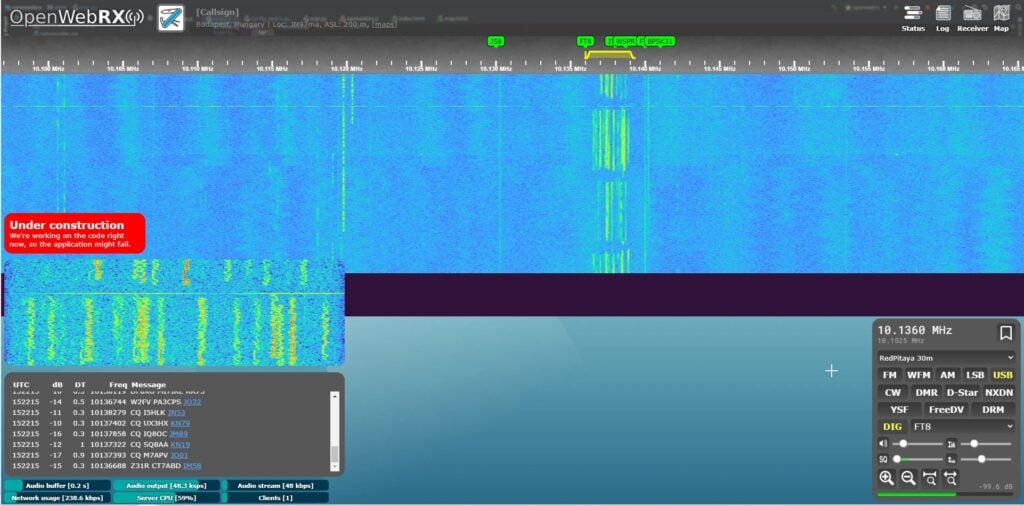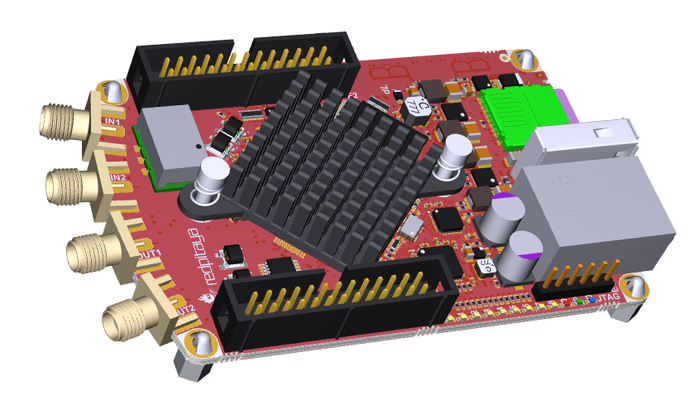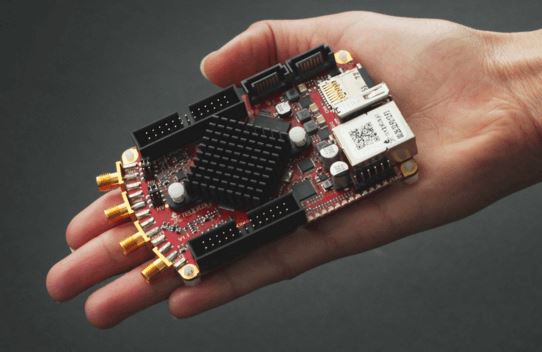TechMinds: A Look at the TRX DUO Red Pitaya Clone
The Red Pitaya is advertised as an open source electronics laboratory instrument, but as it's essentially a software defined radio with built in computing hardware, custom software can be installed allowing it to function as an HPSDR compatible RX/TX capable SDR.
The TRX DUO is a "Red Pitaya compatible" device that comes at a price significantly lower that the Red Pitaya. Its specifications are comparable to the Red Pitaya SDRlab 122-16 which in the official website goes for 625,00€ / US$622. In comparison the TRX DUO can be found on marketplace sites like Aliexpress for almost half price at US$320.
The TRX-DUO has a tuning range from 10 kHz to 60 MHz, 16-bit ADC and 2-RX and 2-TX channels. It also has a built in ARM Cortex A9 processor, and Xilinx Zynq 7010 FPGA SOC. The built in computing means that decoding software can be run directly on the device if desired.
Matt from the TechMinds YouTube channel has recently tested and reviewed the TRX-DUO in his latest video. His video goes over the specifications, software installation, and a demonstration of it receiving HF signals. He goes on to show how it can be used as an 8-band WSPR monitor, and how you can enable WiFi on it and download various Red Pitaya apps.
Matt also notes that the transmit power of the TRX-DUO is very small at 2.5 mW, but of course an external amplifier can be used to boost this. However, it is important to note that band filtering would be required for the emissions to be safe to transmit.



